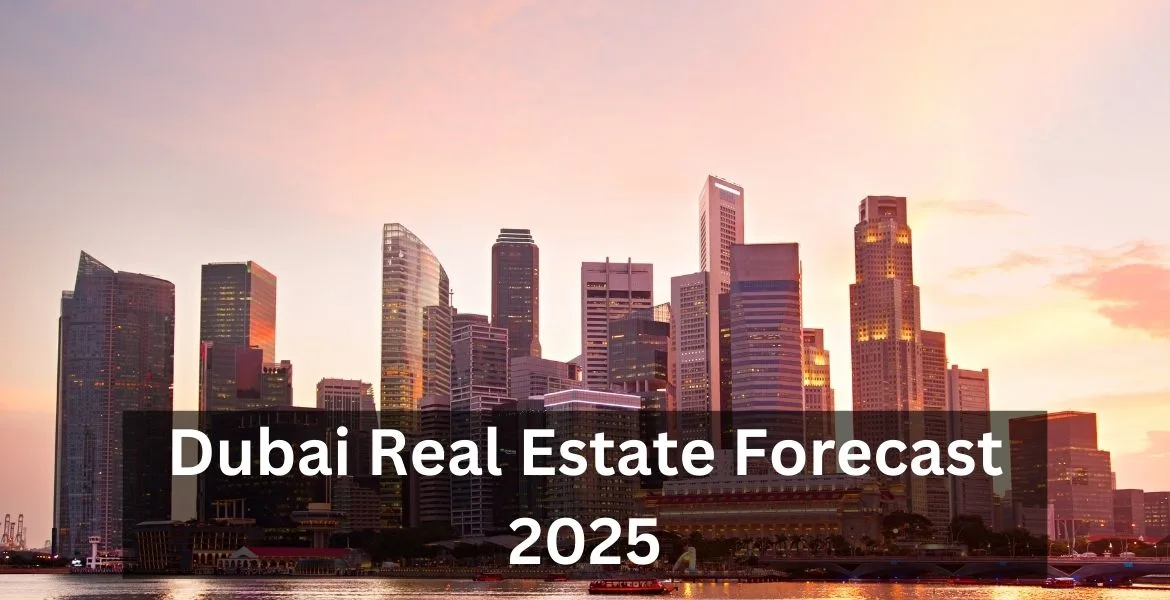As we enter 2025, the real estate market is poised for significant changes driven by economic shifts, technological advancements, and evolving consumer preferences. Understanding the interplay between supply and demand is crucial for buyers, sellers, and investors aiming to make informed decisions. Let’s dive into the trends shaping the market this year and explore how they influence opportunities and challenges across the industry.
The Supply Landscape in 2025
1. Increased Housing Developments
Governments and private developers, in response to growing urban populations and housing shortages in key markets, have significantly ramped up housing projects. Moreover, sustainable construction has taken center stage, with a strong emphasis on energy-efficient materials and designs that not only meet but also exceed environmental regulations. Consequently, these initiatives aim to address pressing housing needs while simultaneously promoting eco-friendly urban development.
While urban centers remain a focal point, suburban and rural developments are also gaining momentum as remote work and lifestyle changes drive demand for spacious, affordable housing options.
2. Supply Chain Disruptions
The construction industry, however, continues to grapple with supply chain bottlenecks, rising costs of raw materials, and labor shortages. As a result, these challenges have significantly slowed the delivery of new housing units in some regions. Consequently, this has further exacerbated supply shortages, particularly in high-demand areas where the need for housing is most acute.
Developers are increasingly turning to innovative solutions, such as modular construction and 3D printing, to mitigate delays and reduce costs. These technologies are expected to gain more traction in 2025 as the industry seeks efficiency and resilience.
3. Emergence of Mixed-Use Communities
The demand for convenience has spurred the development of mixed-use communities that combine residential, commercial, and recreational spaces. These integrated neighborhoods are designed to reduce commuting times and create self-sufficient hubs where residents can live, work, and play.
From retail spaces to green parks and coworking hubs, mixed-use developments are becoming a cornerstone of urban planning, particularly in cities aiming to attract younger, tech-savvy populations.
The Demand Landscape in 2025
1. Remote Work Reshaping Preferences
Remote and hybrid work models have permanently altered housing preferences. Suburban and rural areas are experiencing heightened demand as families prioritize larger homes, outdoor spaces, and affordability over proximity to traditional office hubs.
This trend has also sparked interest in second homes and vacation properties, as more people seek flexible living arrangements that cater to both work and leisure.
2. Sustainability as a Priority
Eco-conscious buyers are driving demand for properties that align with their values. Homes equipped with solar panels, energy-efficient appliances, and smart home technology are not only more attractive but also command higher resale values.
Developers are responding by incorporating sustainable features into new projects, recognizing that green homes are no longer a niche market but a mainstream expectation.
3. Millennials and Gen Z Buyers Take the Lead
Millennials and Gen Z are now the largest cohorts of homebuyers, bringing their unique preferences to the market. They favor affordability, digital convenience, and proximity to social and cultural amenities.
Digital-first experiences, such as virtual property tours and online transactions, are becoming standard as these tech-savvy generations demand seamless, user-friendly processes.
Key Challenges in Balancing Supply and Demand
Affordability Concerns
Despite efforts to increase housing supply, affordability remains a pressing issue in many regions. Rising construction costs and inflation have pushed home prices higher, making it difficult for first-time buyers to enter the market.
Governments and developers are exploring solutions such as affordable housing initiatives, rent-to-own schemes, and financial incentives to address this gap.
Market Volatility
Economic uncertainty and fluctuating interest rates are adding complexity to the real estate market. While some regions are experiencing a surge in demand, others are seeing stagnation or decline due to macroeconomic pressures.
Investors and stakeholders must stay agile and monitor market trends closely to identify opportunities and mitigate risks.
Opportunities for Stakeholders in 2025
For Buyers
- Act quickly in high-demand areas to secure properties before prices rise further.
- Look for homes with sustainable features and energy-efficient designs to save on long-term costs.
- Explore suburban and rural markets for more affordable options with greater space.
For Sellers
- Highlight the unique features of your property, such as energy efficiency, smart technology, and community amenities.
- Leverage digital marketing tools to reach a broader audience, including virtual tours and online listings.
- Consider timing your sale strategically to align with peak demand periods.
For Investors
- Focus on markets with robust population growth and infrastructure developments.
- Mixed-use developments and suburban areas offer significant potential for high returns.
- Diversify your portfolio to include both residential and commercial properties to hedge against market volatility.
Looking Ahead
The real estate market in 2025 reflects a dynamic interplay of supply and demand, influenced by global trends and local nuances. Staying informed and adaptable is key to navigating this complex landscape.
Whether you’re buying, selling, or investing, understanding the factors driving supply and demand will help you make smarter decisions and capitalize on emerging opportunities.
Stay ahead of the curve—subscribe to our blog for the latest insights and updates on the real estate market!



